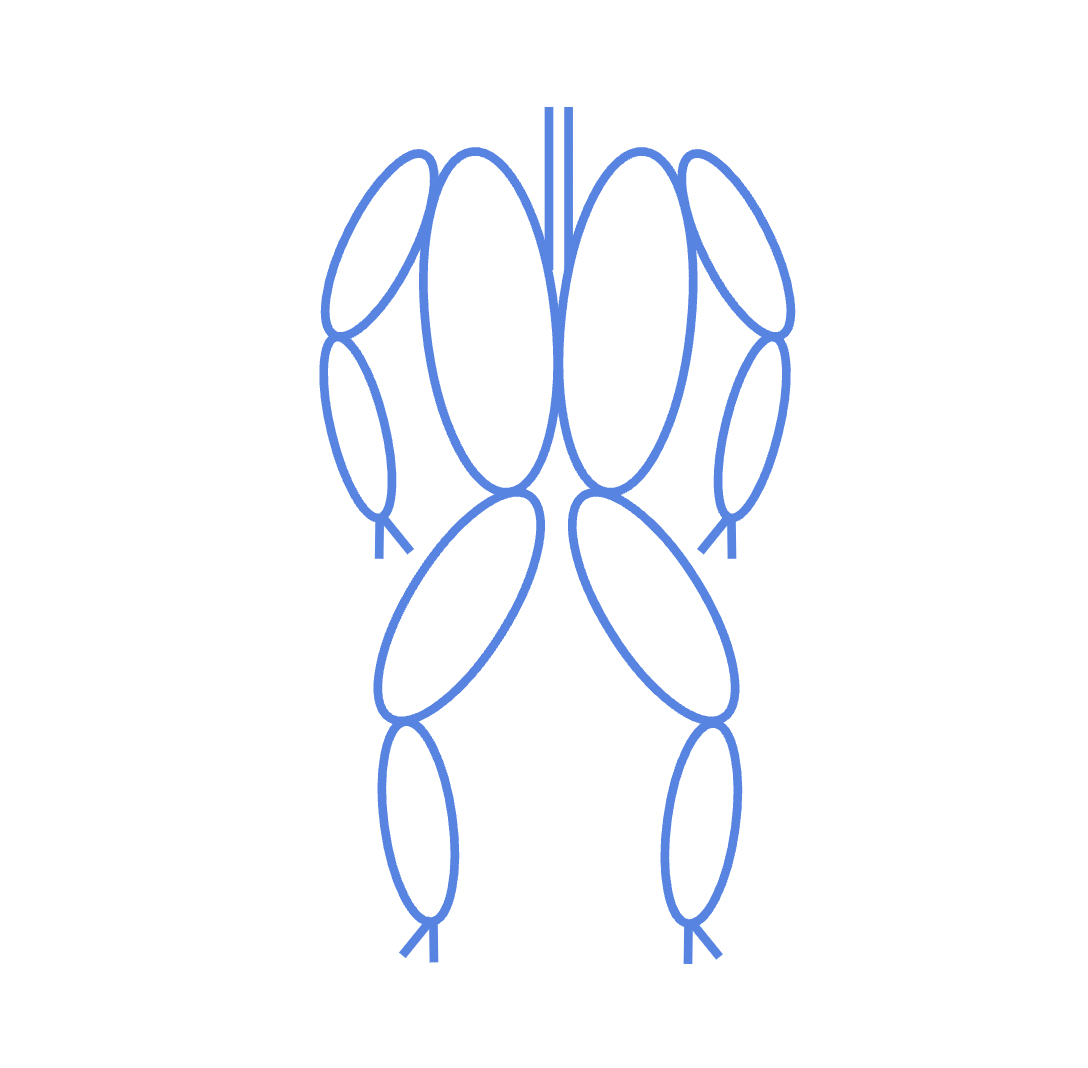Can Flat Feet Be Fixed?
When people ask me if flat feet can be fixed, they’re usually thinking about arches—those textbook curves you see in anatomy diagrams. Genetics absolutely play a role here. Some people are born with lower arches or looser connective tissue, and that sets the baseline for how their feet look and function. But genetics aren’t the whole story.
The environment you grow up in—the surfaces you walk on, the shoes you wear, the angles your ankles are asked to handle—shapes how those genetics are expressed. Our ancestors moved across rough terrain every day, constantly challenging their feet to adapt. We, on the other hand, spend nearly all our time on flat, predictable surfaces that strip away that variability. Over time, the stabilizers weaken, the arch collapses, and the body invents compensations just to stay upright.
From Rough Ground to Flat Concrete
Think about how our ancestors lived. They didn’t grow up on paved roads, basketball courts, and carpeted living rooms. Every step they took was on uneven ground—rocks, tree roots, dirt, sand, slopes. Each stride demanded adaptation. Ankles tilted inward and outward, arches compressed and rebounded, toes spread to grip. That variability was a built-in training program: constant micro-adjustments kept the arch spring alive and the whole chain—ankle, knee, hip—synced.
Fast forward to modern life. Most of us spend 99% of our time on predictable, flat surfaces. Sidewalks, hardwood floors, gym mats. That environment robs the ankle of variability. Over time, the stabilizers weaken, the arch collapses, and the body invents compensations to survive.
One of the most common compensations is “duck feet”—where the toes splay outward, the knees drift in, and the hips twist off-line. It’s not random. It’s the body’s way of finding stability after the base coil has unraveled.
Duck Feet vs. Arch Collapse
Here’s the good news: duck feet are often easier to fix than full-blown arch collapse. Why? Because duck feet are usually a coordination issue. The body has learned to rotate outward as a habit, and with conscious retraining—restoring inward spiraling strength and foot awareness—that pattern can often be reprogrammed fairly quickly.
Arch collapse, by contrast, runs deeper. Genetics do play a role here—some people are born with flatter arches or connective tissue that’s naturally looser. But environment matters just as much. Years spent on flat surfaces, in cushioned shoes, or locked into the same patterns can compound that genetic baseline and weaken the foot’s spring. Rebuilding the arch in this case means more than correcting coordination; it requires reconditioning the tissues and teaching the whole chain above the foot to move differently. It’s harder, but with consistent work, you can make real progress.
Why Angles Are Everything
If you want to restore function in flat feet, you have to reintroduce what modern surfaces took away: angle variability. This is where slant boards, wedges, and other tools become invaluable.
When you stand, squat, or shift on a slant board, you’re forcing the ankle and arch to engage from new directions—just like walking across rough ground. That variability wakes up dormant stabilizers and teaches your foot to hold its tripod (heel, base of the big toe, base of the little toe) under stress. It also sends signals up the chain, reminding the knees and hips how to spiral and coil in sync.
Think of it like this: if you only ever bench pressed in one groove, you’d get strong there but fragile everywhere else. The foot is the same. To truly “fix” flat feet, you need to challenge the arch and ankle across many planes, so they become resilient again.
The Bigger Picture
The goal isn’t to sculpt a perfect arch that looks good on paper. The goal is function: feet that can handle the load of walking, running, and jumping without leaking energy up the chain. When the feet regain their variability, you’ll notice more than just stronger arches. Your knees track straighter. Your hips open. Your spine decompresses. Movement feels lighter.
Flat feet aren’t a life sentence. They’re a signal. A reminder that the foundation has been undertrained. By reclaiming variability—by hitting those ankles at different angles, by rebuilding the tripod—you reawaken a system that was always designed for rough ground.
And when you do, you don’t just stand taller. You move like you were meant to—sprung, coiled, and ready for whatever terrain life throws your way.
A Glimpse Into Our Approach
What I share publicly here is just the surface of our approach. The reality is that restoring healthy movement patterns is far more involved than a few drills or a single explanation. Every body comes with its own history—old injuries, daily habits, compensations—that shape how the feet, ankles, and the rest of the chain respond. Our approach is about uncovering those layers and guiding people through a structured process that goes well beyond what you might see in a post or video. If you’re interested in experiencing the full depth of that process and how it can help you make lasting progress, reach out—I’d be glad to walk you through how I work.
The Long Game
It is also important to recognize that changing these patterns in any meaningful way doesn’t happen overnight. Building resilient arches and retraining movement takes months and years of consistent practice and lifestyle adjustments. The good news is, you’ll usually begin to feel and notice new connections within the first few months—how you stand, how you distribute pressure, how your body organizes itself differently. But true transformation is a discipline, a lifelong marathon, not a three-week sprint.
